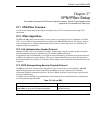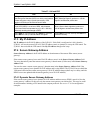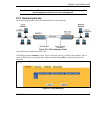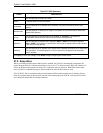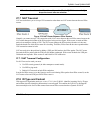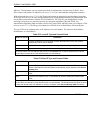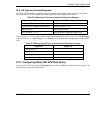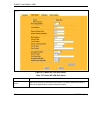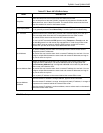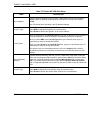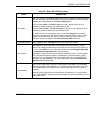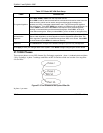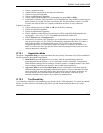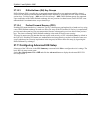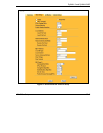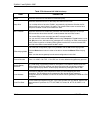
ZyWALL 2 and ZyWALL 2WE
VPN/IPSec Setup 27-9
Table 27-7 Basic IKE VPN Rule Setup
LABEL DESCRIPTION
Keep Alive
Select this check box to turn on the keep alive feature for this SA.
Turn on keep alive to have the ZyWALL automatically reinitiate the SA after the SA
lifetime times out, even if there is no traffic. The remote IPSec router must also have
keep alive enabled in order for this feature to work.
IPSec Keying Mode
Select IKE or Manual Key from the drop-down list box. IKE provides more protection
so it is generally recommended. Manual Key is a useful option for troubleshooting.
NAT Traversal Select this check box to enable NAT traversal. NAT traversal allows you to set up a
VPN connection when there are NAT routers between the two IPSec routers.
The remote IPSec router must also have NAT traversal enabled.
You can use NAT traversal with ESP protocol using Transport or Tunnel mode, but
not with AH protocol nor with manual key management. In order for an IPSec router
behind a NAT router to receive an initiating IPSec packet, set the NAT router to
forward UDP port 500 to the IPSec router behind the NAT router.
Local Address
The local IP address must be static and correspond to the remote IPSec router's
configured remote IP addresses.
Two active SAs can have the same local or remote IP address, but not both. You can
configure multiple SAs between the same local and remote IP addresses, as long as
only one is active at any time.
Remote Address Start
Remote IP addresses must be static and correspond to the remote IPSec router's
configured local IP addresses. The remote address fields do not apply when the
Secure Gateway Address field is configured to 0.0.0.0. In this case only the remote
IPSec router can initiate the VPN.
Two active SAs can have the same local or remote IP address, but not both. You can
configure multiple SAs between the same local and remote IP addresses, as long as
only one is active at any time.
Enter a (static) IP address on the network behind the remote IPSec router.
Remote Address
End/Mask
When the remote IP address is a single address, type it a second time here.
When the remote IP address is a range, enter the end (static) IP address, in a range of
computers on the network behind the remote IPSec router.
When the remote IP address is a subnet address, enter a subnet mask on the network
behind the remote IPSec router.



